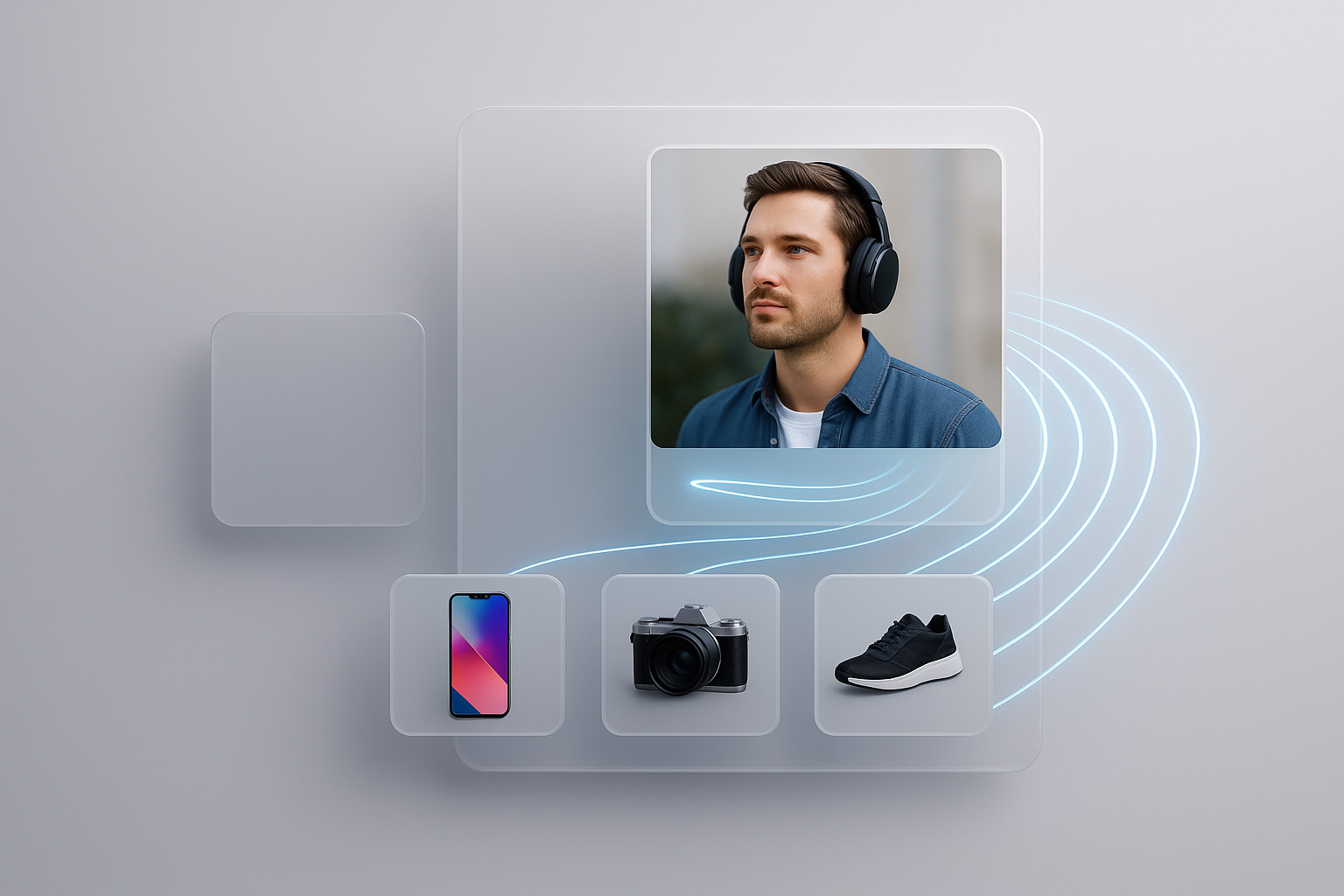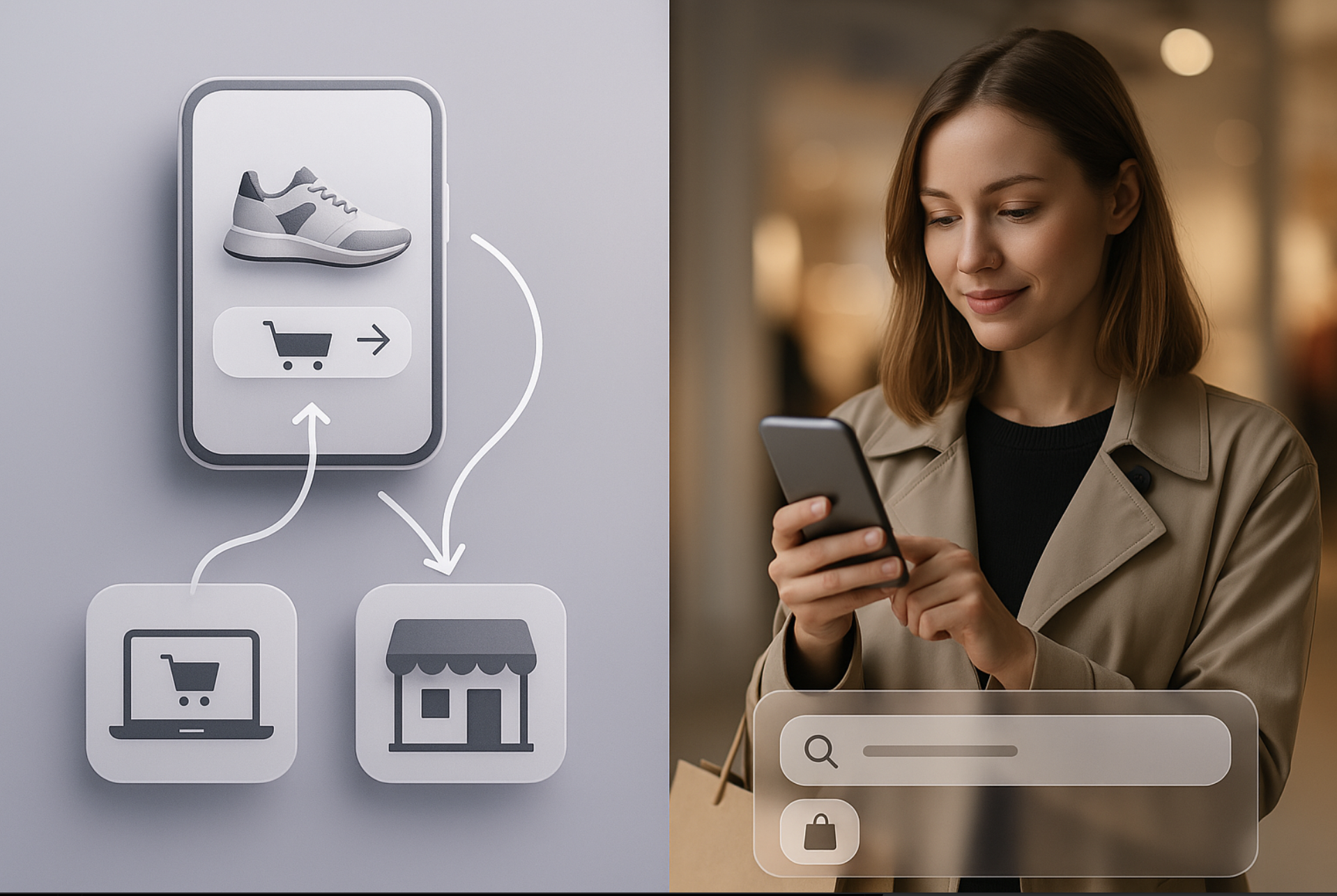Retail success increasingly depends on how well you know your customer and not just who they are, but what they need at the moment. According to research, 80% of consumers are more likely to make a purchase when brands offer personalized experiences. But true personalization goes beyond targeted emails or product suggestions. It means delivering relevant, timely, and context-aware interactions that feel effortless and human.
This is where AI has become indispensable. From analyzing behavioral signals to predicting future intent, AI enables retailers to create highly adaptive journeys at scale. It can match customers with products they didn’t know they were looking for, fine-tune offers in real time, and reduce friction across every touchpoint. When done right, AI doesn’t replace the human connection; it enhances it.
Let’s explore how to use AI to power personalization that actually feels personal, helping retailers convert faster, build loyalty, and stay one step ahead.
Building a Unified, Data-Driven Customer View
Your shoppers leave breadcrumbs everywhere, but most retailers can't connect them. When website clicks, store purchases, email opens, and social comments live in separate systems, you miss the whole picture. AI models change this by connecting structured data with unstructured signals like reviews and social posts, finding patterns that basic analytics miss.
With a complete profile, your brand remembers past conversations, adapts on the fly, and anticipates what each shopper wants next. Creating this unified view takes a straightforward approach:
- Connect every data source to a central platform
- Clean the data to remove duplicates and fill gaps
- Use ML models to combine behavior, transactions, and sentiment
- Set up real-time APIs so recommendations update instantly
- Check model outputs regularly, refining as new data comes in
This lets you personalize like a human would with full context and genuine understanding.
Smart Product Recommendations Beyond "You May Also Like"
Those basic "also-bought" widgets feel robotic and impersonal. Intelligent recommendation engines combine browsing patterns, purchase history, real-time signals, and inventory data to suggest products that feel handpicked. Done right, these suggestions boost both sales and loyalty.
To match the intuition of your best sales associate, look at micro-behaviors: what shoppers hover over, how long they linger, and which sizes they return. Add predictive analytics that anticipate life events, like showing camping gear a month before their annual vacation, and you'll create those "how did they know?" moments.
The best retailers connect across categories, pairing grocery items with cookware or matching shoes to a recently viewed jacket. Start with clean data feeding purchase history, clicks, and in-store activity into one model, then let it learn from every interaction.
Regular testing keeps recommendations fresh and relevant while making sure they work fairly for all customers.
Dynamic, Personalized Content and Experiences
Picture your website reshaping itself for each visitor. Hero images switch, category tiles rearrange, and product rows fill with items they actually want. AI makes this possible by reading real-time signals and adjusting the page instantly. Every visit becomes a custom storefront instead of a generic catalog, creating better engagement and faster paths to purchase.
But relevance isn't enough. The content needs to hit the right emotional notes. Banners highlighting sustainable materials for eco-conscious shoppers or "last-minute gift" messaging for the chronic procrastinator create that connection. Visual elements matter too. Fashion leaders like ASOS and H&M use image recognition to boost app engagement.
Pair these visuals with AI that rewrites product descriptions in each shopper's preferred style, and your brand starts to feel alive. To make this happen, tag all your content with detailed metadata. Connect those tags to a personalization system and test different layouts constantly. The system learns what works, guiding new visitors toward discovery while sending repeat customers straight to their favorites.
Conversational and Generative AI for Human-Like Engagement
Imagine walking into a store where associates remember your preferences, read your mood, and speak your language. That's conversational AI online. Modern systems understand intent and context, handling complex questions with human-like responses.
Generative AI enhances this by crafting personalized product descriptions and follow-up messages. The system adjusts tone based on your emotions, creating authentic interactions while remembering your history.
Building effective AI assistants requires feeding customer data into models trained on real conversations. Add sentiment analysis for dynamic responses and secure memory systems that balance personalization with privacy.
Regular testing refines the experience, continuously improving conversion and satisfaction. When context, emotion, and memory combine, customers experience interactions that feel genuinely human rather than robotic.
.jpeg)
Proactive Engagement and Predictive Personalization
Why wait for customers to tell you what they want? AI analyzes purchase history, browsing patterns, and even weather data to predict what each person needs next. Deep Brew's approach used time of day, location, and order history to boost retention by 15%.
Predictive scoring lets you send offers right when purchase likelihood peaks. No more sending coupons after the moment has passed. But timing is just half the equation. Context shows customers you understand their world. Think sunscreen reminders on the first hot weekend or umbrella suggestions when rain's in the forecast.
Connect your data to a customer platform, train models to predict churn risk and next actions, then link everything to your communication channels. Each interaction makes the system smarter, building loyalty and improving margins over time.
AI-Enhanced Customer Sentiment and Feedback Loops
You can't personalize if you don't know how shoppers feel. AI sentiment tools analyze reviews, support chats, and social posts to detect joy, frustration, or indifference in real time. Natural language processing uncovers emotions and themes that surveys miss completely.
Advanced systems track sentiment changes in individual profiles, so your recommendations update when customer mood shifts. Unstructured text becomes actionable insight. Shipping complaints trigger proactive delivery updates, while product praise feeds into similar customer campaigns.
Since many consumers stay loyal to brands that personalize well, quick adaptation drives retention. Start by bringing all feedback into your customer data platform. Train sentiment models on your industry's language and send alerts to the right teams. Regular retraining with fresh reviews helps each interaction get smarter over time and improves satisfaction, provided you have solid processes in place.
Ensuring Privacy, Consent, and Ethical AI Personalization
Personalization requires trust. Be transparent about what data you collect, why, and how it benefits shoppers with straightforward explanations.
Give customers control through consent management systems, allowing opt-in/out and data deletion. Use tools that track preferences and automate compliance with GDPR/CCPA.
Implement ethical AI with:
- Encrypted data flows
- Quarterly bias checks
- One-click opt-outs on personalized messages
When customers feel protected, they share more data, creating a positive cycle powering human-like AI experiences.
Transforming Retail Through Human-Centered AI Personalization
The best AI personalization blends solid data science with genuine empathy, making every interaction feel like a one-on-one conversation. By unifying data, predicting intent, and adapting content in real time, you create experiences that shoppers actually value and build connections that grow stronger over time.
This approach turns personalization into your competitive advantage. Retailers who invest now will set standards that others will struggle to match.
Want to create shopping experiences that feel genuinely human at scale? Transform your customer experience with Firework's 24/7 video showroom. Our AI-powered video commerce platform delivers engaging content like never before, turning every customer visit into a personalized, high-converting conversation that drives results. Book a demo to get started!
Unlock Exclusive Insights
By submitting this form, you agree to Firework's privacy policy and consent to receive personalized marketing communications. You can unsubscribe at any time.





























